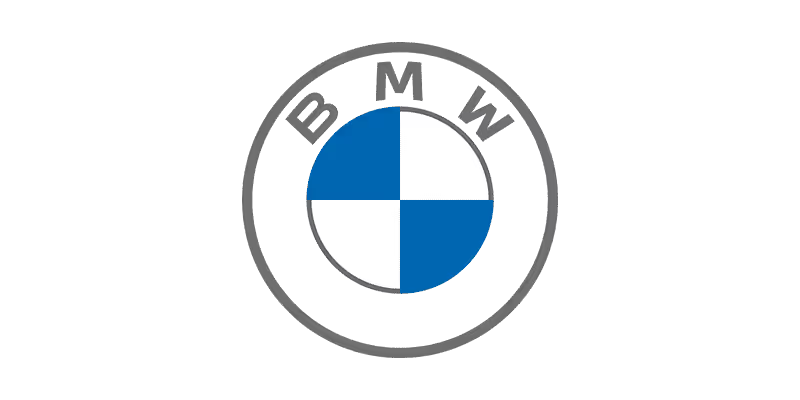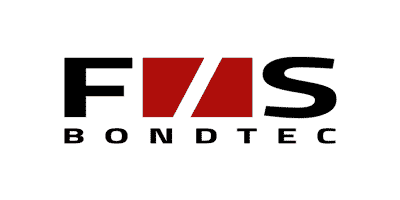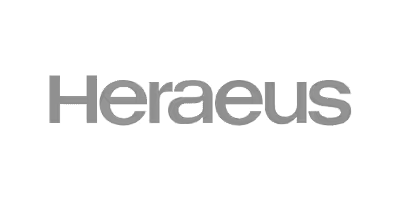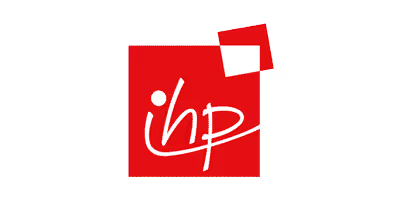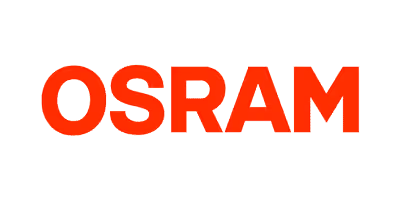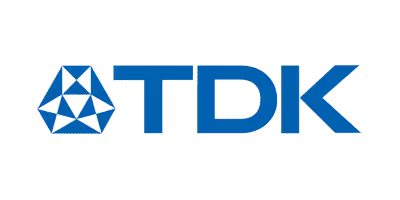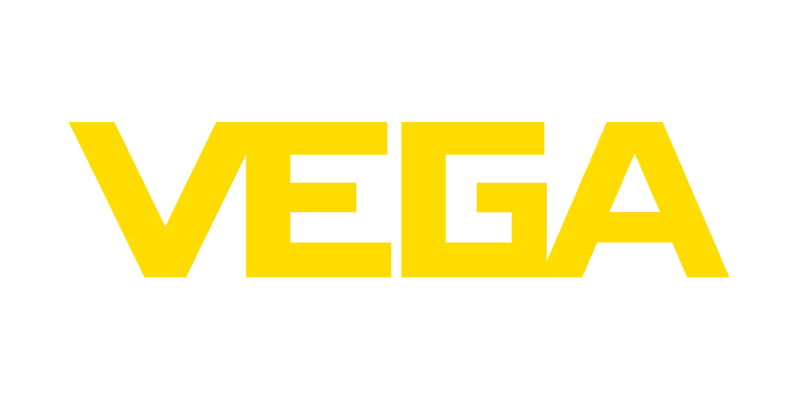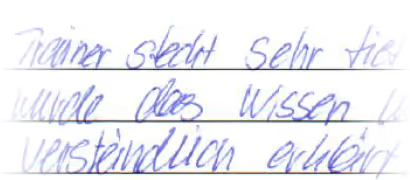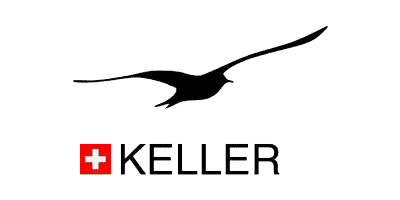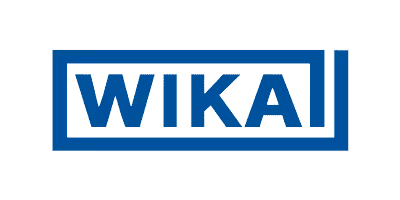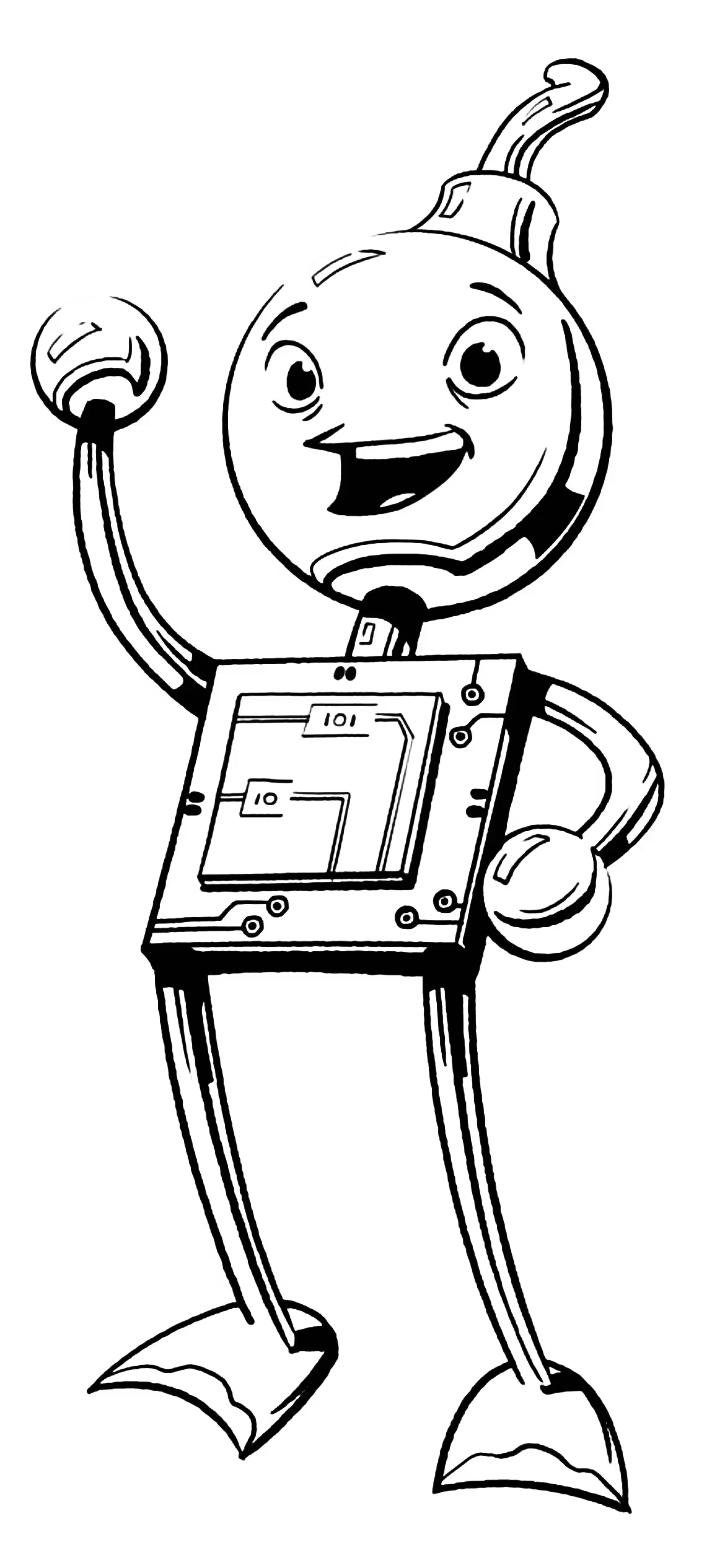Wire bonding studies of AlSi1 thin wires for COB applications
Access critical reference data for design and process decisions when working with aluminum thin wires in wedge/wedge wire bonding. Together with 25 project partners, we are creating wire bonding experiments that will provide valuable data for your daily work in aluminum wire bonding.

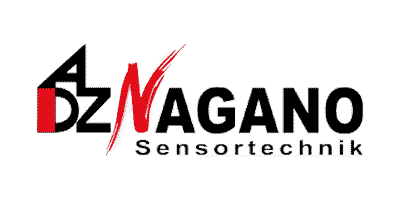
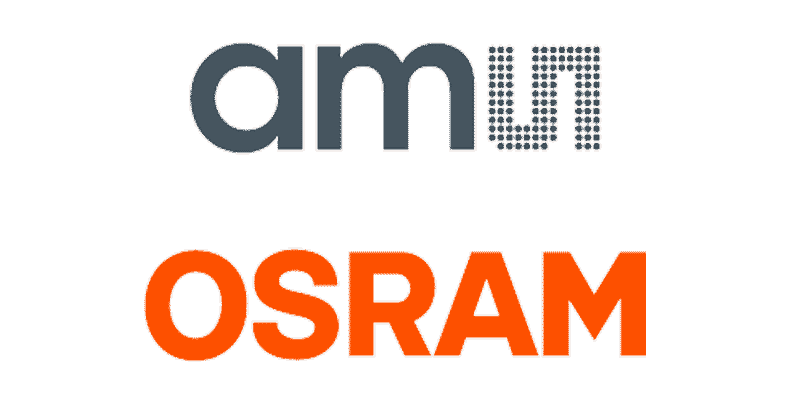
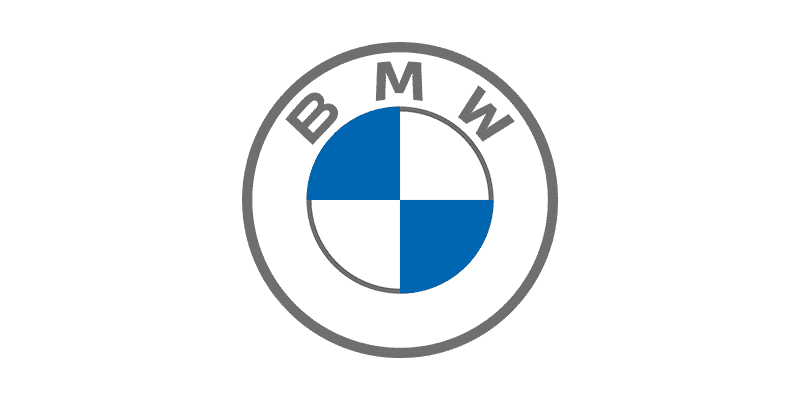
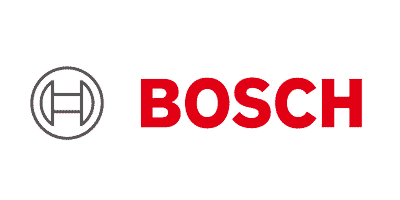

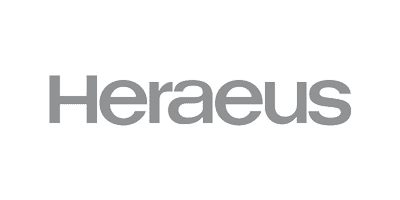
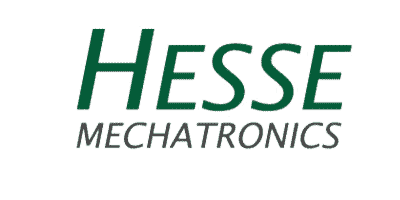
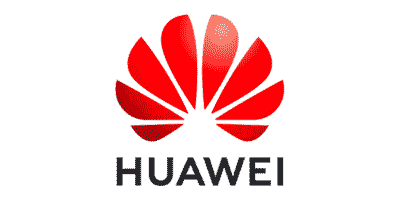
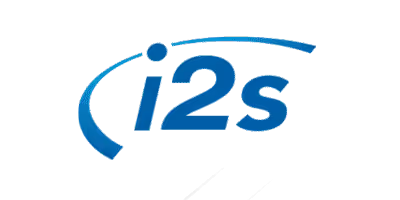
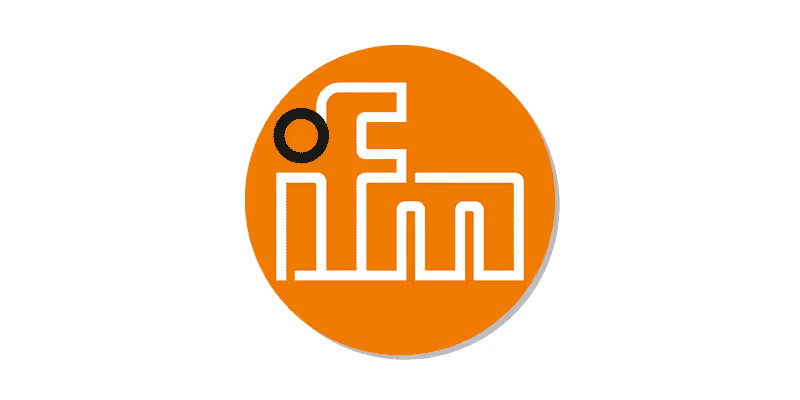

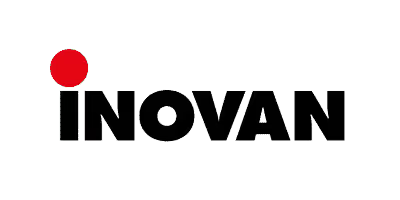




































Project content and conditions of participation
In the QUALSi project we are investigating questions related to AlSi1 thin wires. These questions include material and manufacturer benchmarking, influence of tool geometries, effects of wire aging, reliability studies and critical analysis of test methods, in particular the pull test.
The project was initiated by Bond-IQ GmbH and currently involves 25 partners with a research budget of €125,000. This research budget is used for individual experiments, which we design and perform as project coordinator. The project partners provide support in terms of thematic orientation, prioritization and detailed planning. Bond-IQ GmbH is responsible for data collection, evaluation and preparation for use by the partners.
With an investment of just €5,000, you can increase this budget even further and gain access to all project results - both those already available and all future results. All this for a fraction of the investment that would be required to research this topic alone.
With your participation you shape the main topics of the project. You bring questions about AlSi1 thin wires from your application and daily production into the project, find similar experiences among the project partners and ensure that these questions are investigated and answered through your mutual interest. The QUALSi project will clarify what this means for your currently established processes and your new product developments. QUALSi is designed as a multi-client project that will run as long as there is sufficient research budget. Once the budget is exhausted, the project is suspended until enough new partners have been recruited.
This means a low investment for you. Together with all partners, this results in a budget that allows for extensive research. The motto is: small investment, big leverage, smart research.
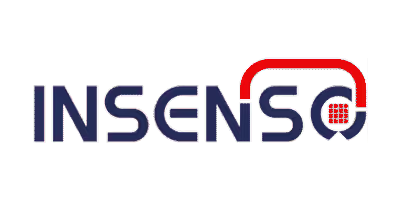


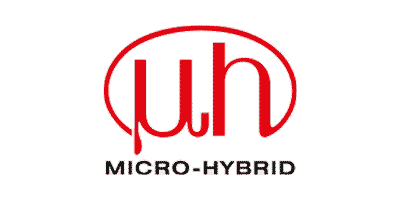
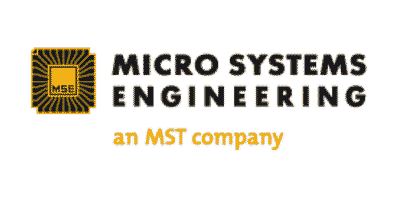
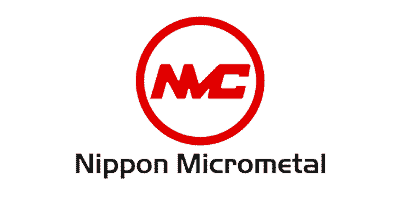

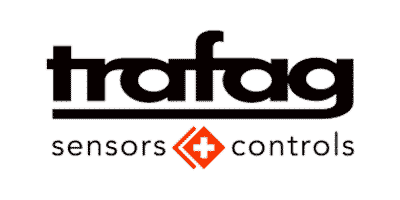

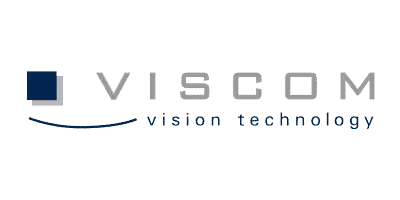

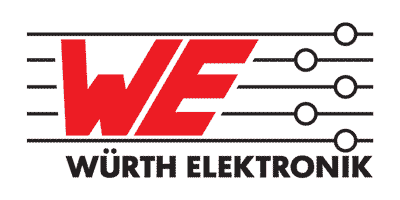




































Project structure
As the main part of the project, various studies (so-called tasks) are carried out, each with different questions. The tasks are proposed by the project coordinator (Bond-IQ GmbH) and submitted to the partners for agreement.
The time required to complete a task is approx. 6-8 weeks. The maximum budget required for a task is T€ 20 (typically between T€ 5-10).
The analyses are carried out by the project coordinator (Bond-IQ GmbH) using its own equipment. After completion, the data is analysed and the results documented and summarised. The results are presented in regular project meetings (approx. every 8 weeks, only if new findings are available). All data is archived so that it is accessible at all times.
Task 1
Comparison of standard and corrosion resistant AlSi1 wires (50 µm)
DoE process window analysis
Analysis of deformation traces in the wire bonder
Risk assessment of heel damage
85°C @ 85% rel. humidity ageing
Task 2
Comparison of standard and corrosion resistant AlSi1 wires (25 µm)
DoE process window analysis
Analysis of deformation traces in the wire bonder
Risk assessment of heel damage
85°C @ 85% rel. humidity ageing
Task 3
Comparison of wire manufacturers (AlSi1 50 µm corrosion resistant)
DoE process window analysis
Loop shape analysis
Task 4
Comparison of soft and hard AlSi1 wire (corrosion resistant, 50 µm)
DoE process window analysis
Mechanical cycling lifetime test
Task 5
Comparison on the lifetime of 25 µm and 50 µm wire in mechanical cycling
Mechanical cycling lifetime test
Task 6
Study of the influence of temperature treatment on AlSi1 bonding wires
Annealing at different temperatures for 30 min, 1 h, 2 h, 10 h
Pull tests after aging
Task 7
Study of the bonding performance of fresh and old wires
DoE process window analysis
Analysis of deformation traces in the wire bonder
Lift-off risk analysis
Task 8
Study of friction effects between bond tool and wire during looping
Video motion analysis of the wire behavior during the loop movement
Task 9
Influence of different heel bending angles in the pull test
Effects of wire bending during the pull test
Pull force bias when bonding on various height levels
Pull force bias when changing the pull hook position
Task 10
Importance of bonding tool foot selection for 17 µm AlSi1 wires
Comparison of flat, concave, matte and polished bonding foot
Pull force comparison
SEM analysis of heel region
Task 11
Comparison of wires with different elongation and equal breaking load
DoE process window analysis
Process stability comparison
Mechanical cycling lifetime test
Task 12+
Let’s create some good ideas together.
Find answers to the following questions

Are corrosion resistant AlSi1 thin wires with Ni content basically the better choice in terms of process window and corrosion resistance?

What changes in the mechanical properties of AlSi1 thin wires can be expected after exposure to temperature?

How does the bonding tool design influence the wire bonding performance and bond strength?

What are the differences between different wire manufacturers?

How big is the difference between soft and hard AlSi1 thin wire types in terms of bonding behavior and reliability?

What influence do wire diameter (AlSi1 thin wire) and material have on the size of the bonding parameter process window?

What deviations in the wire bonding process can be expected with batch variations of the bonding wire (breaking load, elongation)?

How strong is the impact of different wire elongations (at the same breaking load of the AlSi1 thin wire) on the wire bonding process characteristics?

How much do bond and loop parameters need to be adjusted in case of material changes/variations of AlSi1 thin wires?

What is the effect of moisture on wires bonded to ENIG and ENEPIG surfaces?

What if the wire is too old - at what risk can it still be used?

How do looping parameters and wire material affect loop stability and loop height stability?
QUALSi-project partners
The partners collaborate within a multi-client project, jointly funding the QUALSi project through a modest, equal investment from each participant. They oversee the project's approach and evaluate its results. In some cases, companies also contribute additional resources, such as samples, measuring equipment, personnel, or analyses.
Insights from our project partners
Here’s feedback from some of the companies involved in the project, highlighting their experiences and the value they’ve gained through our collaboration.
Why the multi-client approach and the QUALSi project concept complement each other perfectly
The QUALSi project is planned as a long-term project, which may include periods of inactivity with less project activity. As soon as new partners become aware of the project, it will be reactivated and continued with the newly available budget. Through its one-time investment, a partner always receives updates and newly acquired knowledge - equal to all other partners.
The topics investigated are important to all companies and are not strictly confidential development topics. However, the individual effort required to conduct the research would be too high and is therefore not usually undertaken by the companies on their own. The cost-sharing solution is perfectly suited to the needs of the companies.
Cost-effective collaboration: Each partner makes a small, equal financial contribution, significantly reducing individual investment while achieving high-impact results.
Shared Expertise: Participants benefit from the collective knowledge of industry experts, ensuring well-rounded, reliable solutions to bonding surface challenges.
Customizable involvement: Partners can determine their level of involvement, from simply funding the project to contributing resources such as samples or measurement equipment.
Comprehensive results: The project delivers validated data, methods, and best practices that can be directly applied to real-world manufacturing and development processes.
Accelerated innovation: The multi-client model drives faster progress by pooling resources and efforts, helping partners achieve results that would be more time-consuming or costly to achieve individually.
Exchange of experience and know-how profit through cooperation with experienced experts and the participation of numerous market players.
Always up to date with all information. Efficient web meetings, recorded presentations, and team folders for smooth collaboration.
Cost savings and maximum return on investment through cost sharing with like-minded partners.
Validated wire bonding data, ensuring that materials are sufficiently qualified for your requirements.
Secured findings from specifically selected experiments and analyses.
Gain access to a database of process parameters and DOE results for various diameter bond wire materials from multiple manufacturers.




Bond-IQ GmbH is the project coordinator
At Bond-IQ GmbH, based in Berlin, Germany, we perform bond tests on our own state-of-the-art bonding machines. These tests are performed in a highly automated and closely monitored environment to ensure precision and reliability.
With over 20 years of experience in optimizing and analyzing thin and thick wire processes, we place a strong focus on surfaces as a key element in process optimization.
We share our expertise in wire bonding technology with industry partners through services, training, and online workshops. Where data is lacking or new approaches are required, we use our independence and flexibility to initiate investigations and projects that provide valuable insights.
In collaboration with long-term partners such as Fraunhofer IZM Berlin, Tascon GmbH, TU-Berlin and other institutes, we perform advanced SEM analysis and stress testing, including moisture aging, to deliver comprehensive and actionable results.

Use the strength of a Multi-Client-Project to drive research with low investment at highest possible return on your investment.
Frequently Asked Questions
The project started February 2023.
More than 11 studies have now been carried out.
The studies provided data on the following topics:
Influence of wire age on mechanical properties and bondability
Effects of temperature storage on the mechanical strength of the wires
Bondability of hard wires compared to soft wires of the same diameter
Comparison of the lifetime in mechanical cycles of soft and hard wires
Corrosion behavior of standard vs. Ni-doped wires
Influence of loop geometry on lifetime
Process windows of different materials and manufacturers
and much more
All data is well documented and summarized.
The videos of the presentations of the results are available for download at any time.
The data and results of the studies can be used as a basis for decision-making. Many of the studies provide the first officially available and reliable data. Without this data, only a “gut feeling” decision is possible or the studies must first be carried out themselves.
The methodological skills acquired for designing and evaluating such studies and experiments are transferable. The presentation material provided can therefore also be used for training and further education purposes.
The compiled information helps with the efficient design of your own studies, as planning errors are reduced and the expected scope of the study can be estimated more reliably.
The project is designed in such a way that new partners can be added at any time. Further investigations can be started with each new partner. So as long as there are open questions about AlSi1 thin wires and these can be clarified through investigations, it makes sense for you to join the project – there is no cheaper and easier way to obtain such results.
You can access extensive studies on AlSi wires and bonding processes at any time. Your process engineers will thank you for making this important data available to them.
You can participate in the selection of new study focuses and thus gain new data in your interest.
Everything that has been collected so far and will be collected in the future is available to you. You pay once and have access to all the knowledge.


